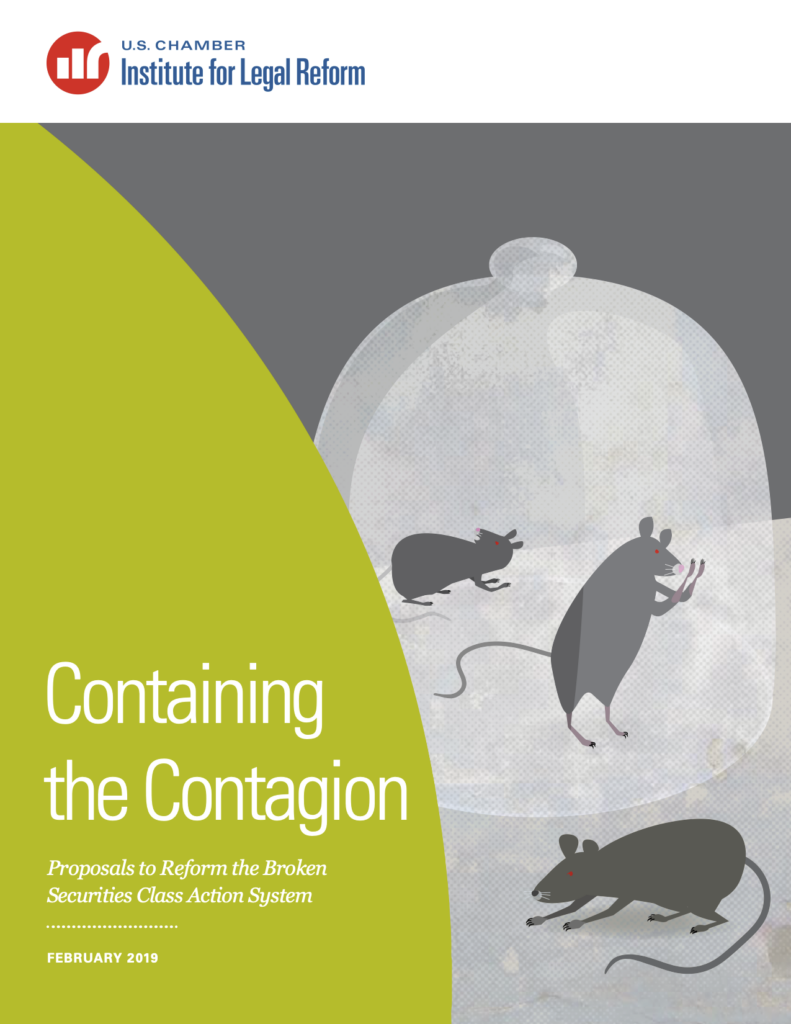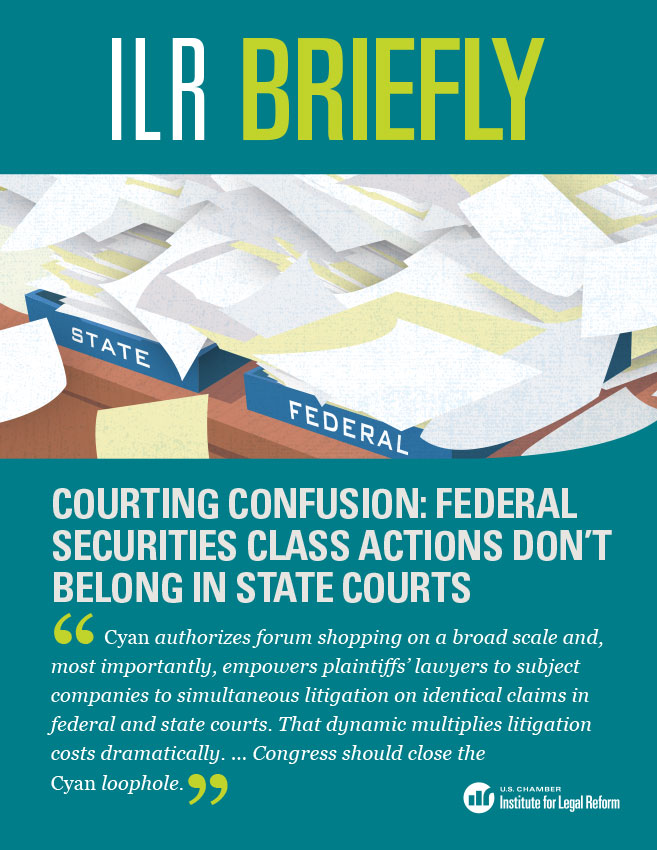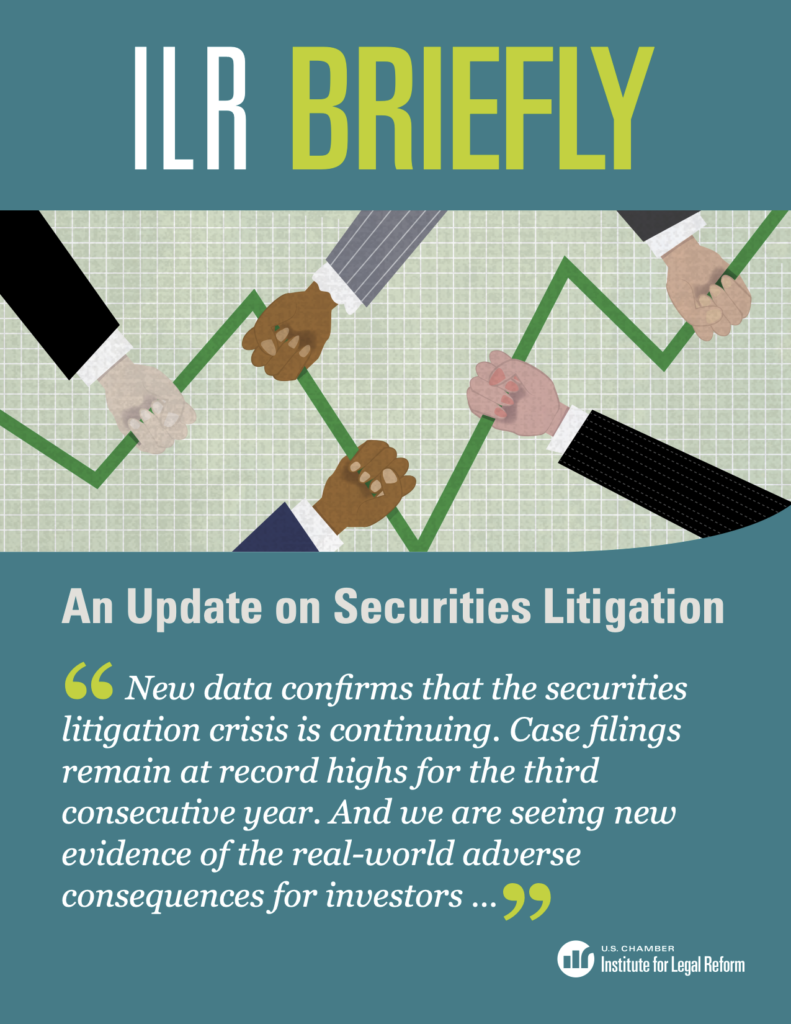Before Congress intervened in 1995, exploitative securities fraud class actions were rampant. Plaintiffs’ lawyers cultivated stables of so-called frequent filer plaintiffs, sometimes with cash inducements, to lend their names to numerous lawsuits—resulting in a steady stream of fees for the lawyers but little-to-no benefit for the class members they were supposed to represent. Congress attempted to solve this problem with the 1995 Private Securities Litigation Reform Act (PSLRA), instituting a new set of rules that favored institutional investors as lead plaintiffs in these cases and creating roadblocks to disrupt the then-prevailing patterns of abusive securities fraud lawsuits. Unfortunately, frequent filers—whether individual or institutional—have found ways to evade the safeguards put in place by the PSLRA.
Building on research released in 2013 and 2014, this paper reveals how individual frequent filers are exploiting a PSLRA loophole to file dozens of merger and acquisition challenges each year, with little to no benefit to class members. In fact, of 127 securities class actions launched by individual frequent filers during the study period, not a single case ended with a settlement or judgment in favor of the class.
Institutional investors are also getting in on the frequent filing game, often agreeing to inflated attorneys’ fee percentages and prompting questions as to the actual benefits their litigation is securing for shareholders. ILR’s research concludes with a series of suggested reforms to remedy the abuses associated with repeat securities fraud plaintiffs, including extending the PSLRA’s safeguards to cover individual merger and acquisition challenges, adopting more stringent standing requirements in shareholder voting cases, and further reforming the lead plaintiff appointment process in all securities class actions.



